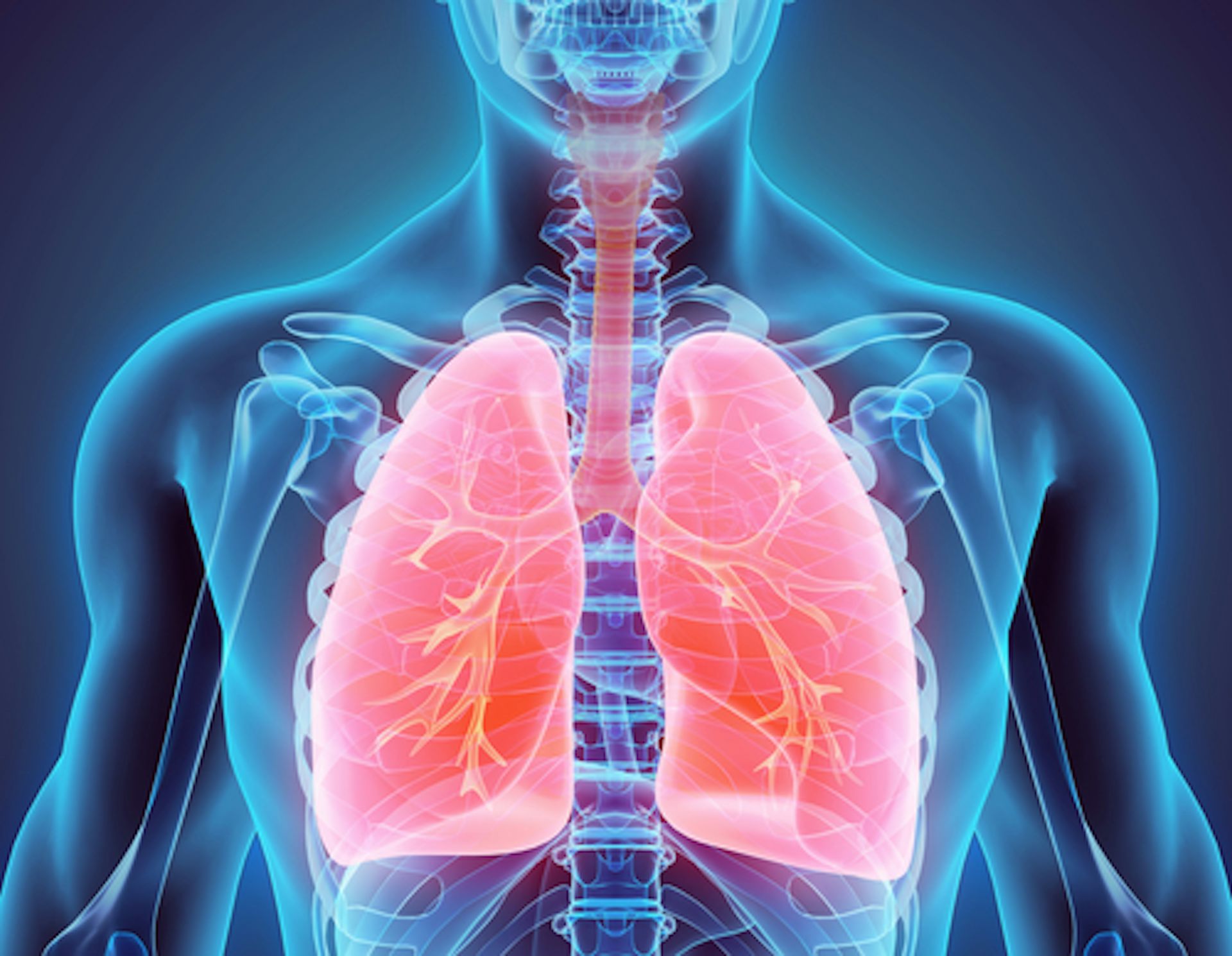In-Depth Exploration of Pneumonia: Symptoms, Risks, and Impacts
Pneumonia: A Serious Respiratory Infection: Pneumonia is a significant lung or respiratory infection, often initially masquerading as a benign cough. However, it can quickly escalate into a high fever accompanied by difficulty breathing. While many individuals can recover from pneumonia with prescribed medications such as antibiotics, usually within a few weeks, the disease can be particularly perilous for vulnerable groups like infants, the elderly, and those with preexisting health conditions, often necessitating hospitalization.

Diving Deeper into the 15 Most Common Symptoms of Pneumonia:
- Cough:
- The onset of pneumonia is typically marked by a cough that may initially resemble those seen in flu or colds. Regardless of whether the infection is bacterial, fungal, or viral, fluid accumulation in the lungs' alveoli results in breathing difficulties and a persistent, severe cough. This cough often produces thick green mucus, a clear indicator of an underlying infection.
- Fever:
- Pneumonia triggers an inflammatory response in the body, usually manifesting as a high fever. This fever tends to be more acute in individuals with weakened immune systems, including babies, young children, and those with other medical conditions, as their bodies struggle to combat the infection effectively.
- Chills:
- Chills are a frequent symptom accompanying pneumonia, especially as the infection progresses from milder flu-like symptoms to more severe conditions. The development of chills often signifies that the infection has moved deeper into the lungs.
- Labored Breathing:
- A hallmark of pneumonia is the struggle to breathe normally. The infection fills the lungs with fluid and pus, hindering efficient oxygen transfer from the alveoli to the bloodstream. This results in labored, often painful breathing, typically observed alongside other symptoms like fever and cough.
- Chest Pain:
- As pneumonia progresses, the buildup of fluid or pus in the lungs can cause chest pain. This pain is exacerbated by the infection's obstruction of oxygen flow between the alveoli and the bloodstream, leading to discomfort and tightness in the chest and possibly the abdomen.
- Increased Heart Rate:
- Pneumonia often causes an increased heart rate as the body responds to the infection. Research, such as a study from the University of Texas Health Science Center, highlights the heightened risk of cardiac problems, including arrhythmia and heart disease, following pneumonia hospitalization.
- Fatigue:
- Fatigue is a widespread symptom of pneumonia, with its severity dependent on various factors like the patient's age, immune system strength, and the intensity of other symptoms. In vulnerable groups, such as the elderly and those with compromised immune systems, this fatigue can be particularly debilitating and may necessitate extended recovery periods.
- Nausea:
- Severe cases of pneumonia can upset the digestive system, sometimes leading to nausea or vomiting. The severity and frequency of these symptoms can vary significantly among individuals, influenced by factors like age, overall health, and lifestyle.
- Diarrhea:
- Pneumonia can disrupt the normal functioning of the digestive system, resulting in symptoms like diarrhea. This can be particularly concerning as it increases the risk of dehydration, especially if not managed effectively.
- Bloody Mucus:
- In more severe pneumonia cases, patients may cough up mucus containing blood, a condition known as hemoptysis. The appearance of blood in mucus varies but can range from rust-colored to bright red, indicating a serious infection that requires immediate medical attention.
- Delirium, Confusion, or Changes in Mental Awareness:
- Pneumonia can impact brain function, potentially leading to symptoms like delirium or confusion. This is especially common in older adults and can manifest as disorientation or a lack of awareness of surroundings.
- Low Body Temperature:
- Unusually, some pneumonia patients, particularly older adults, may experience a lower-than-normal body temperature, a response that could be attributed to the body's impaired ability to regulate temperature during infection.
- Sweating:
- The high fevers associated with pneumonia often lead to excessive sweating as the body tries to cool down. This is a natural response to the elevated body temperature that occurs as the body fights off the infection.
- Purplish Skin, Lips, and Fingernails:
- Cyanosis, or a dusky to purplish skin discoloration, is another symptom of pneumonia. It is most noticeable on the lips and fingernails and occurs due to low oxygen levels in the blood, a direct consequence of the infection’s impact on lung function.
- Weight Loss:
- Weight loss is another potential consequence of pneumonia. The severity of the